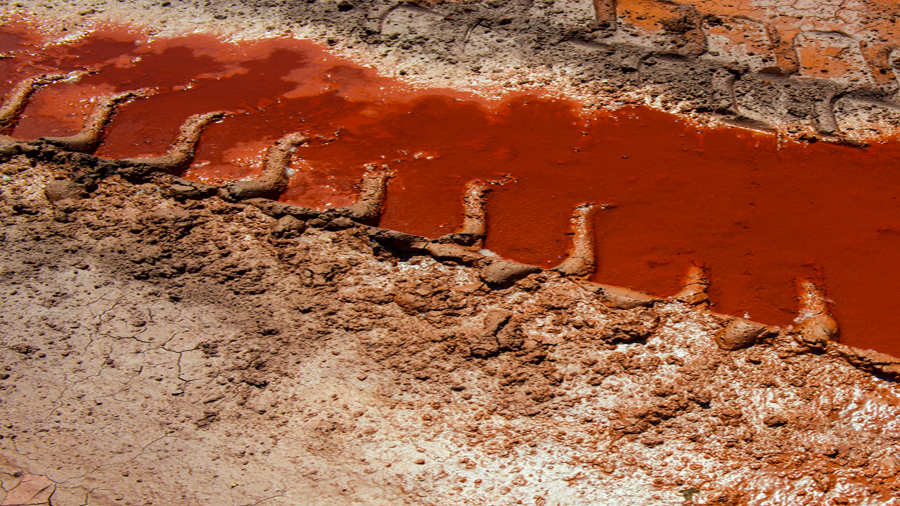Iron ore price plummets 9%

The import price of 62% Fe content ore at the port of Tianjin plummeted 8.7% to $72.80 per dry metric tonne on Tuesday after a frenzied month of trading saw the price reach a two-year high.
On the Dalian Commodities Exchange iron ore futures again reached the daily price change upper limit in the morning, only to turn around and close down the maximum 6% to trade at $87.90 a tonne.
“If this price was to be any way sustained I’m sure they’d re-enter the trade, but they haven’t”
Chinese authorities recently upped trading fees and margin requirements to cool down the credit-fuelled speculation in iron ore, met coal and rebar.
Analysts and mining companies have called the price of the steelmaking raw material down on ample supply from top producers Australia and Brazil (despite recent cuts and lowered output guidance) and worries about the strength of the recovery in top consumer China.

The Sydney Morning Herald quotes Daniel Morgan, commodities analyst at UBS as saying “the price at the moment is above a sustainable medium-term price”:
“A lot of the marginal tonnes which have left this market, let’s call it around 200 million tonnes of high-cost suppliers that have exited in the last two years, if this price was to be any way sustained I’m sure they’d re-enter the trade, but they haven’t,” says Mr Morgan.
World number two iron ore producer Rio Tinto surprised the market on Tuesday announcing the shutdown of one of its biggest mines in Australia’s Pilbara region over the end-of-year holiday period.
Financial Times reports that in an email to 440 staff at the Hope Downs 4 mine Rio said the decision would “reduce operating costs and maximise cash to strengthen the business” in expectation of a tough year ahead.
Mining companies in Western Australia are also bracing for a resources tax that they say will add more than $1 billion to operating costs per year.
Year to date the price of the steelmaking raw material is up 70% following near-decade lows in December last year.
More News
{{ commodity.name }}
{{ post.title }}
{{ post.date }}

Comments